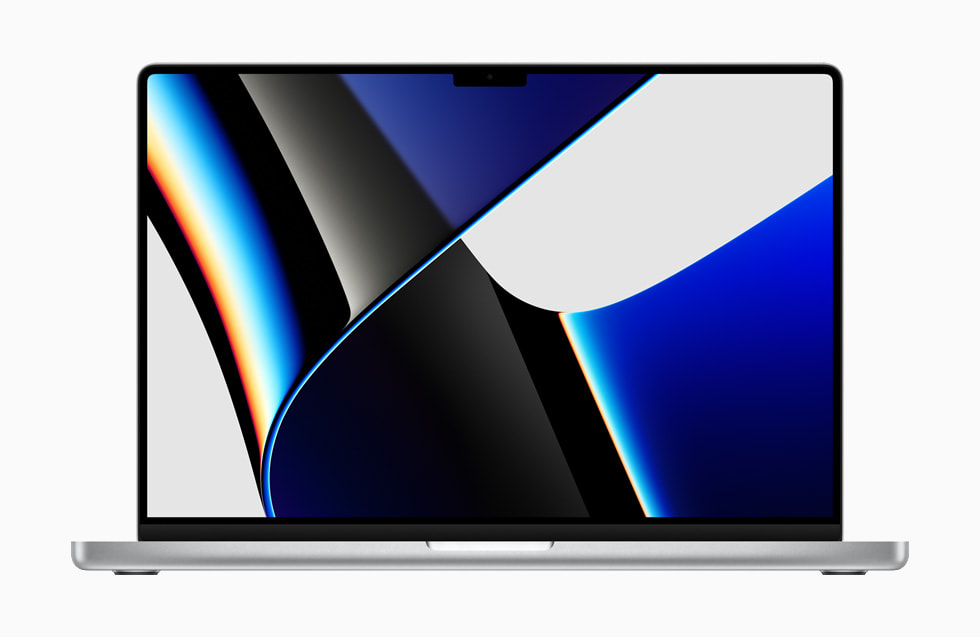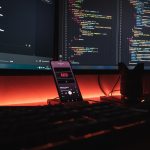
There are some embarrassing difficulties for Tim Cook and his staff after Apple’s victorious debut of the new 14″ and 16″MacBook Pros last year, 2021. In addition to a small LED display, the laptops feature the most powerful Apple processor to date and offer a host of new features.
Aside from the notch at the top of the display, all of these advantages come with one minor drawback: a lag in performance and uneven cutouts in the interface that gives a struggle to online users and online casino games like those listed in CasinoVibez.com, making it harder to play.
Even though Apple took a risk with the MacBook Pro’s notch, the resulting macOS upgrade produces issues. Here are more in-depth details.
Notch Purpose And Design
The new MacBook Pro screens are taller than necessary for a 16:10 ratio. The additional pixels accommodate the menu bar, which leaves a 16:10 display space below it. Because of the smaller bezel, Apple had to rethink where the 1080p FaceTime camera should go.
The laptop’s FaceTime camera and other sensors are housed in a notch on the screen, much like the iPhone. The additional pixel height should allow full-screen programs to cover the screen without the notch getting in the way, and the macOS display library will take care of the missing middle piece of the menu bar.
The notch buries the menu status elements, but the menu items themselves are not affected. Status items are slapped into the menu without regard to the large black block spanning the same area rather than wrapped around it as the operating system would.
The cursor’s behavior surrounding the notch is likewise unpredictable, sometimes being blocked, occasionally going directly from one side to the other, and sometimes enabling the menu bar items under the notch.
Although these faults aren’t likely to be prevalent, they are UI components in the OS, and how these fundamental parts react isn’t part of the code in third-party programs but rather part of the core operating system. Of course, Apple has debuted the functionality with an inconsistent user interface even though programs may be written around the notch.
In light of the amount of effort put into the switch from Intel to ARM-based Apple silicon amid the shortage, the faults and shortcomings accompanying the launch of the notched screen are humiliating.
Where Is Face-ID?
Apple already has Face ID on its M1-powered iPad Pro, and the M1 Pro and M1 Max have the same architecture as Apple’s long-running A-series CPUs. Apple’s notch already hides a few other components, including the TrueTone sensor, light sensor, and an LED status light.
It’s not hard to see Apple bringing many of the helpful features found in Face ID on its phones to the company’s notebook computers. The new MacBook Pros with the hyper M1 Pro and M1 Max CPUs, which are often advertised as being able to boot immediately, may run even faster if your machine is already unlocked before you even touch the keyboard.
Websites would benefit significantly from Face ID’s password unlocks because you’re already looking at your computer. With the help of its Animoji and Memoji avatars, Apple would get to show off the kinds of weird demos it thinks are funny at its events.
Apple is still lagging behind Windows due to the lack of Face ID. Windows Hello face recognition unlocking has grown more common on laptops over several years. In contrast, Apple is currently waiting on the sidelines, even though it has undoubtedly done the most to promote face recognition unlocking (and Face ID) in personal technology.
There’s also the matter of security. Apple is always making a big deal out of how safe their machines are. Despite this, Apple continues using Touch ID to safeguard its computers, a security method that the corporation claims to be less secure than other methods.
Touch ID Supremacy
Touch ID is still popular with Apple and its users, at least on a conceptual level. Wearing a mask for health reasons eliminates much of the ease of Face ID, strengthening the case for fingerprint-based biometrics. Years of speculation have suggested that Apple intends to bring Touch ID back to its iPhones as an in-display sensor.
For those concerned about losing some convenience from Touch ID, Apple could provide both security options—taking the bold step of actually allowing its consumers to choose which biometric approach they’d want to use.
Final Thoughts
Apple has offered a workaround in a support document. You may do this by going into your app information and selecting “Adjust for camera recess” from the list. This is merely a short-term solution for people troubled by the issue at hand. Because the notch is hidden, the entire display gets resized and reduced in this case.






